Desireina Delancy
As a UWI Mona graduate student within the Faculty of Science & Technology from the Department of Life Sciences, I recently embarked on a profound journey to the University of Glasgow in Scotland. I arrived in Glasgow, filled with anticipation. The city welcomed us with its unique blend of historical charm and modern vibrancy. Checking into the hotel, I felt a mix of excitement and nervousness about the days ahead.
The Repatriation Conference – From Scotland to the World
On Thursday, April 18, we attended the second of two events organized by The Hunterian and the Institute of Art and Law at the University of Glasgow, under the overarching theme “From Scotland to the World.” The second event focused on “Repatriation and Museums” and was a day of profound learning. Experts from around the world gathered to discuss the ethical considerations and collaborative efforts involved in repatriation. Repatriation, simply put, means the return of someone’s belongings. Hearing from attorneys, activists, educators, curators, and fellow students about their roles in returning items to their rightful homes was both mind-provoking and inspiring.
I was particularly moved by the presentation from the National Museums of Scotland on the repatriation of the Ni’isjoohl Totem Pole. Removing this pole from the museum was no easy task, but the team at the museum understood its significance to the peoples who requested its return. The level of logistics and dedication involved in ensuring the pole was delivered back safely is commendable. It was clear that, while we cannot change the deeds of our ancestors, we can indeed be the change we want to see.
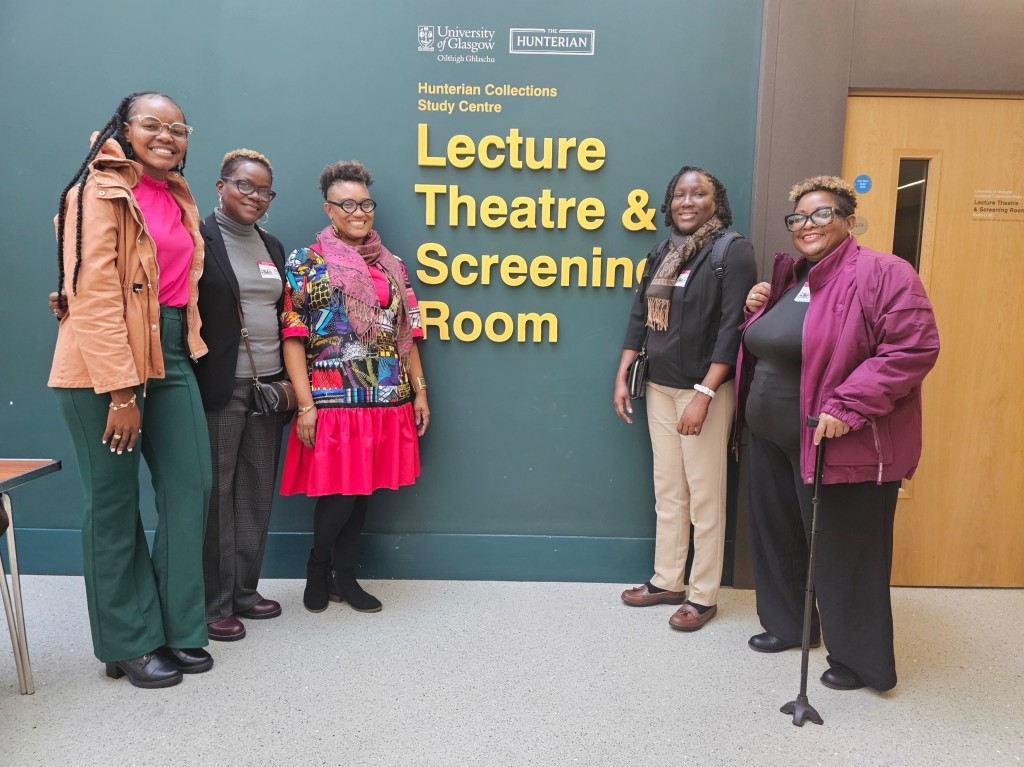
Exploring The Hunterian Museum
Visiting The Hunterian Museum, the next day was a highlight of the trip. The Zoology Museum, with its extensive collection, captivated my attention, particularly the exhibit on the Jamaican Giant Galliwasp. This specimen was selected by the Zoological department for the “Curating Discomfort” exhibit. Its journey back to Jamaica is a testament to the power of persistence and collaboration, spearheaded by Dr. Mike Rutherford and Dr. Shani Roper. This trip was a melting pot of educational, historical, cultural, and emotional experiences.
The “Curating Discomfort” exhibition was developed by The Hunterian to address historic power imbalances within the museum and its activities. This exhibit aimed to confront discomfort head-on, allowing for the reconceptualization of entrenched ideologies of white supremacy and the Western control of cultural narratives. By challenging these notions, the exhibition promotes a more inclusive and equitable understanding of cultural heritage, highlighting the importance of repatriation and the need to rectify historical wrongs. This transformative approach underscores the significance of repatriation efforts and their role in fostering global understanding and respect.
A Special Encounter: Meeting Zandra Yeaman
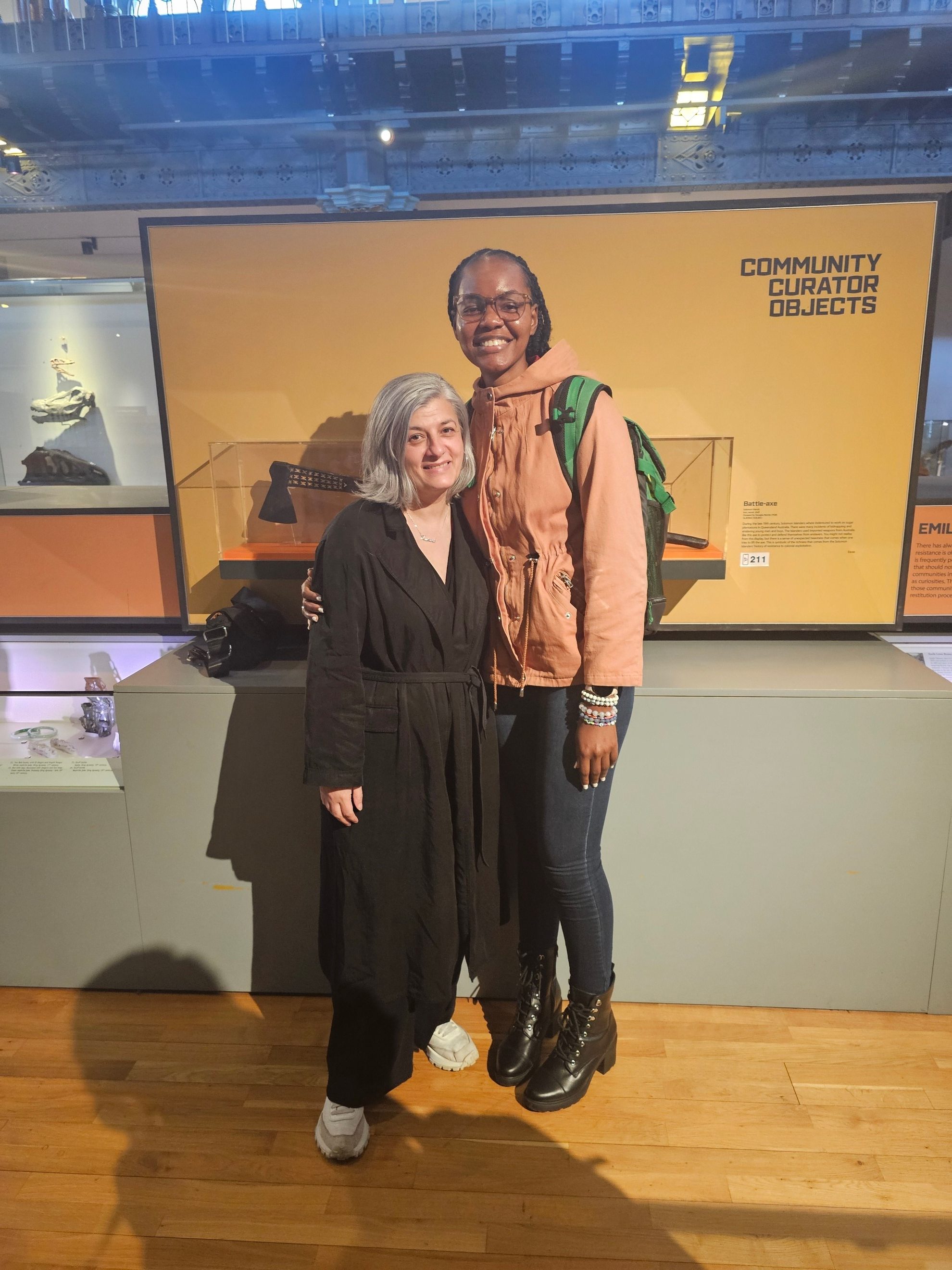
Meeting Zandra Yeaman was a transformative experience. Her work on the Hunterian’s “Curating Discomfort” initiative is ground-breaking. This collection, which includes the Jamaican Giant Galliwasp that was selected by Dr. Mike Rutherford and his team at the Hunterian, sparks essential conversations about colonial history and the necessity of repatriation. Zandra’s dedication to anti-racism and her efforts to educate others about the significance of these artifacts were incredibly inspiring. It was an opportunity to understand the importance of returning zoological specimens to their places of origin, highlighting the broader impact on education and cultural preservation. Most of the specimens being displayed were not zoological, which underscored the unique significance of this initiative. Zandra’s efforts catalysed a series of changes that ultimately led to ‘Celeste’ making her way home, exemplifying the profound impact of repatriation.
Kelvingrove Art Gallery and Museum
On day three, Sunday, we had the opportunity to visit The Kelvingrove Art Gallery and Museum, a cultural gem in Glasgow. The exhibits ranged from fine art to natural history, providing a comprehensive view of the world’s heritage. The afternoon was free, allowing me to explore Glasgow at my own pace. The city’s vibrant streets and friendly locals made for an enriching experience.
The following day, Monday, our visit to The Hunterian at Kelvin Hall was deeply educational. We delved into conservation and preservation techniques and addressed issues related to entomology and art collections. The staff’s warmth and willingness to share their knowledge were inspiring. Engaging in critical discussions with experts like Dr. Jeanne Robinson and Dr. Mike Rutherford was a privilege. This was the day we had all been waiting for—the day the Jamaican Giant Galliwasp, which we named ‘Celeste,’ was handed over to us. This moment epitomized the profound significance of our trip, symbolizing the successful repatriation of a vital piece of our natural heritage.
National Museum of Scotland in Edinburgh
The road trip to the National Museum of Scotland’s storage facilities at Granton was eye-opening. Viewing the Caribbean collections and meeting the curators underscored the importance of repatriation. Seeing artifacts from my region in a foreign land highlighted the significance of these efforts. The curators’ enthusiasm for collaboration was encouraging, allowing me to forge new connections to share information on specimens I had identified that were not yet catalogued in their collections. This sharing of knowledge and the formation of collaborations is one of the many successes of this trip. These newfound collaborations will assist me in collecting data on leafhoppers around the world for my PhD work, enhancing my research and contributing to the broader scientific community.
Personal Reflections and Gratitude
Throughout the trip, I was continually impressed by the dedication of those around me. Dr. Shani Roper’s passionate advocacy for repatriation and curation made me proud to be a woman in science and a Caribbean scholar. Her eloquence and commitment lit up every room we entered. Mrs. Dionne Newell, Ms. Elizabeth Morrison, and Dr. Tannice Hall demonstrated remarkable expertise, particularly in identifying Caribbean specimens within the collections.
Scotland’s beauty and diversity were a backdrop to our shared knowledge and experiences. Meals prepared by Dr. Giovanna Vitelli tantalized our taste buds, while Mr. Steph Scholten’s storytelling connected us all through his inspirational journey to becoming the Director of the Hunterian.
Visiting the Kelvingrove Art Gallery and Museum, The Hunterian Museum, and the National Museum of Scotland were experiences that will never fade. The blend of educational and cultural insights was profound.
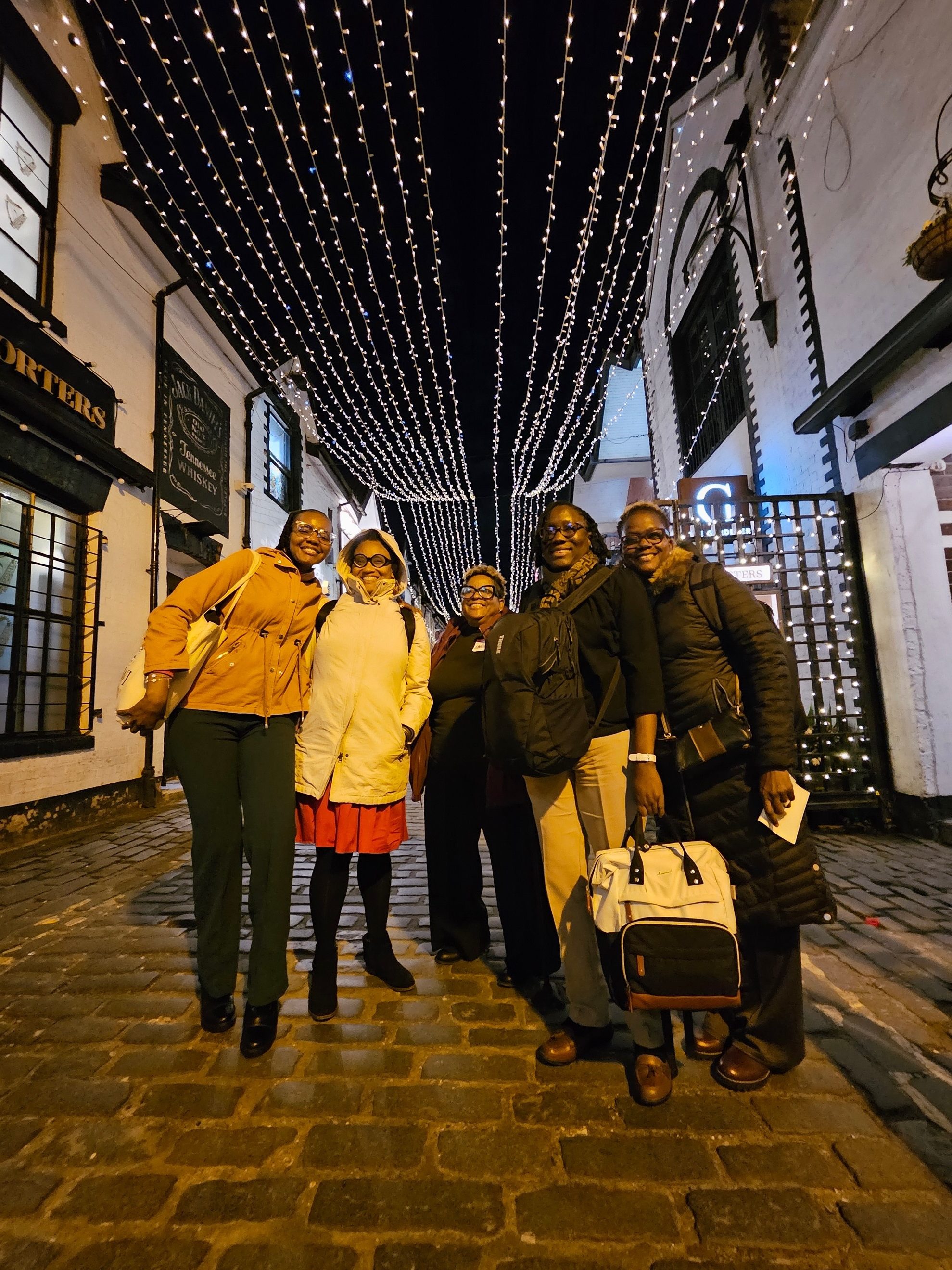
Simply put, this trip was life changing. Initially, I had my doubts about how impactful my experience would be, feeling nervous about being out of place or outranked in conversations. However, this journey proved that knowledge sharing, and mutual respect transcend any hierarchy. The efforts of Dr. Shani Roper and the Office of Global Student Affairs made it possible for me to attend, and for that, I am deeply grateful.
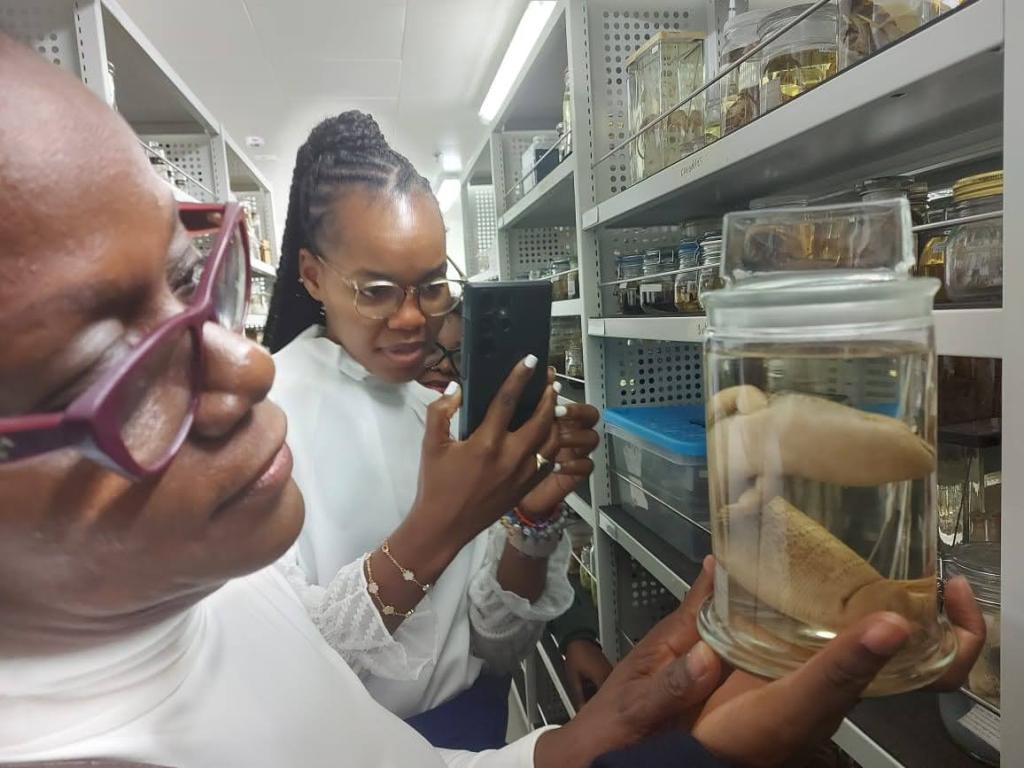
This journey has reinforced my belief that great change starts with a handful of passionate individuals. The historic repatriation of the Jamaican Giant Galliwasp is a step in the right direction, and I am proud to be part of this movement. The connections I made and the lessons I learned will benefit not only myself but also my fellow students and the wider UWI community. Thank you to everyone who made this trip possible and to those who continue to work towards a more just and equitable world.
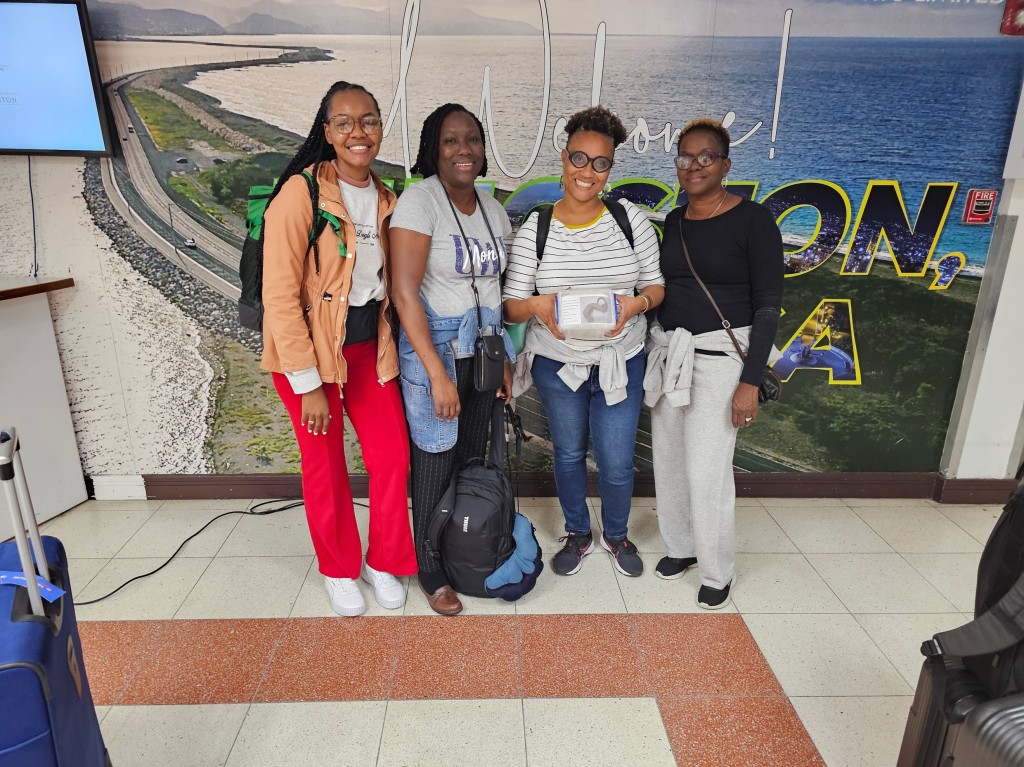
Desireina Delancy is a graduate student in the Department of Life Sciences at UWI Mona. She was a member of the 5 person delegation which visited the University of Glasgow to facilitate the repatriation of a Jamaican Giant Galliwasp from the Zoological collection of The Hunterian to The UWI under the 2019 MOU between both institution. The trip occurred between April 17 and April 24, 2024.